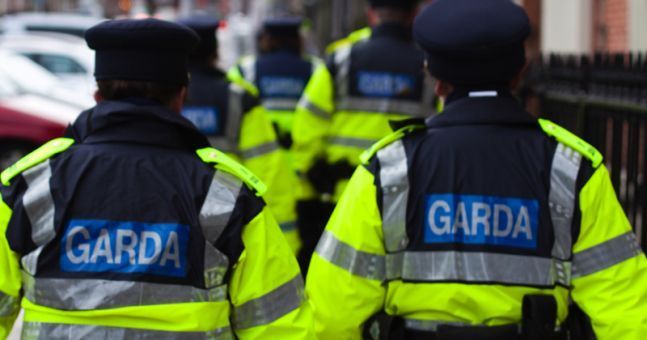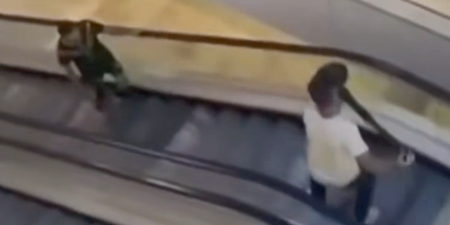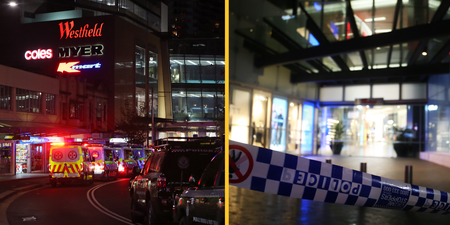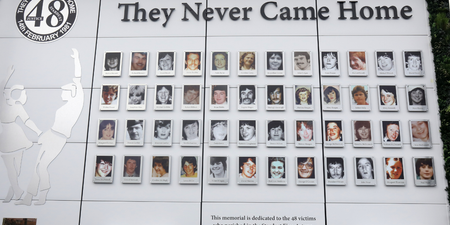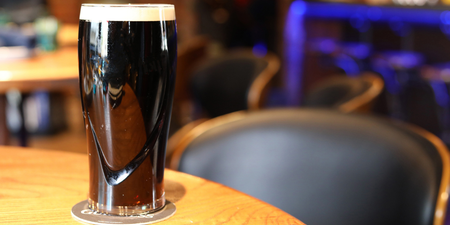Gardaí confirmed that the remains discovered on Thursday are human remains.
Updated: 12:10
Following a preliminary examination with the assistance of a Forensic Anthropologist and the State Pathologist, it has been confirmed that the human remains are “historic” and are not connected to the disappearance of Ciara Breen nor to any ongoing Garda investigation.
Gardaí are investigating the discovery of skeletal remains on a construction site in Dundalk in Thursday, a site located a short distance away from the home of Ciara Breen, who went missing as a 17-year old in Dundalk in 1997.
On Thursday night, Gardaí confirmed that skeletal remains discovered by construction workers at the site on Mary Street North in Dundalk are human, following preliminary examinations by a forensic anthropologist.
Gardaí were contacted shortly before 5pm on Thursday by construction workers on a site at Mary Street North, where remains were unearthed at the rear of a house.
Following the preliminary examinations by the forensic anthropologist, the office of the State Pathologist has been notified and the scene is preserved.
It had been speculated that the remains could belong to Ciara Breen, who went missing from her home in Dundalk, close to where the remains were discovered, as a 17-year old in 1997.
A comprehensive search of the Balmer’s Bog area of Dundalk was conducted in the hope of retrieving Ciara’s body in 2015 but was unsuccessful.
Ciara’s mother, Bernadette, made an emotional appearance on RTÉ’s Prime Time this summer following the death of one of the chief suspects in Ciara Breen’s disappearance, Liam Mullen, in Garda custody in July.
LISTEN: You Must Be Jokin’ with Aideen McQueen – Faith healers, Coolock craic and Gigging as Gaeilge
